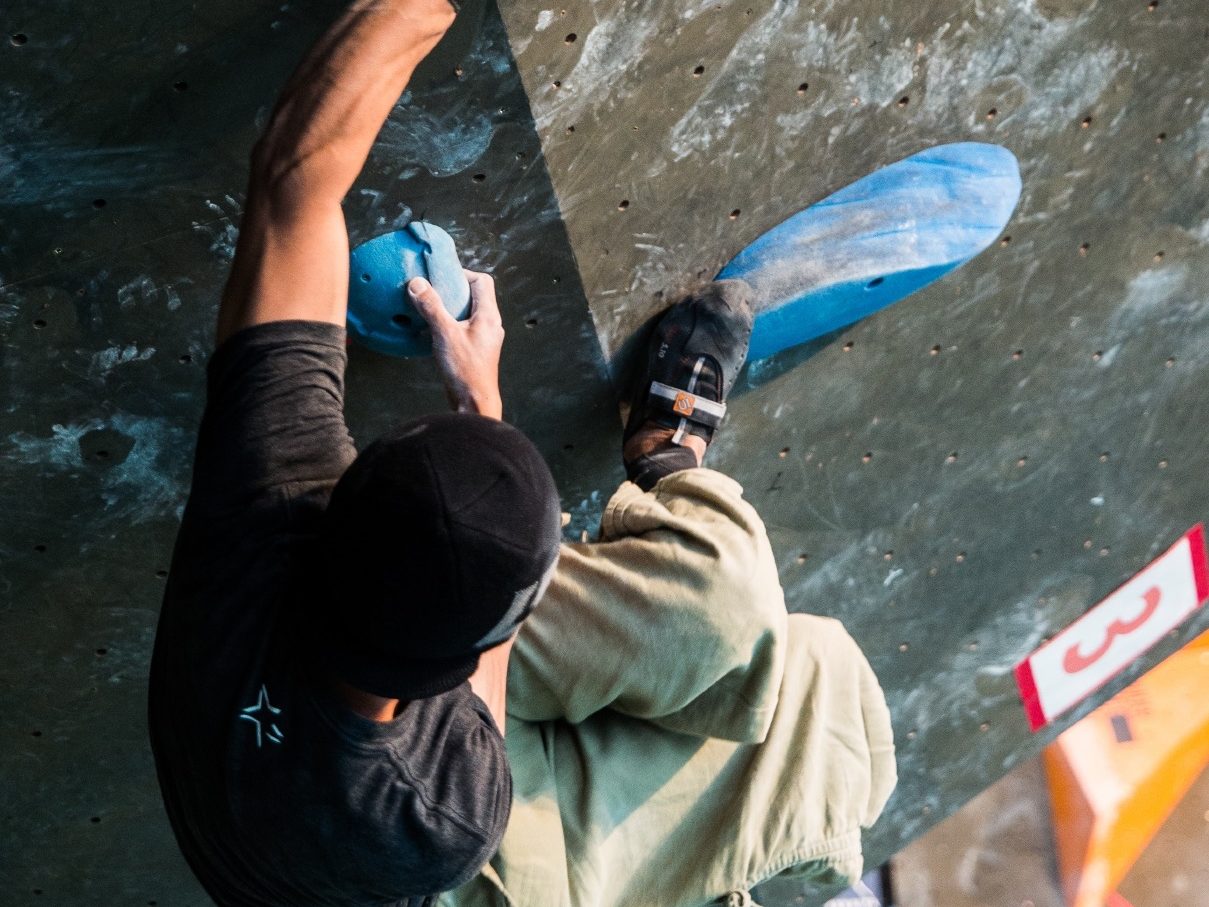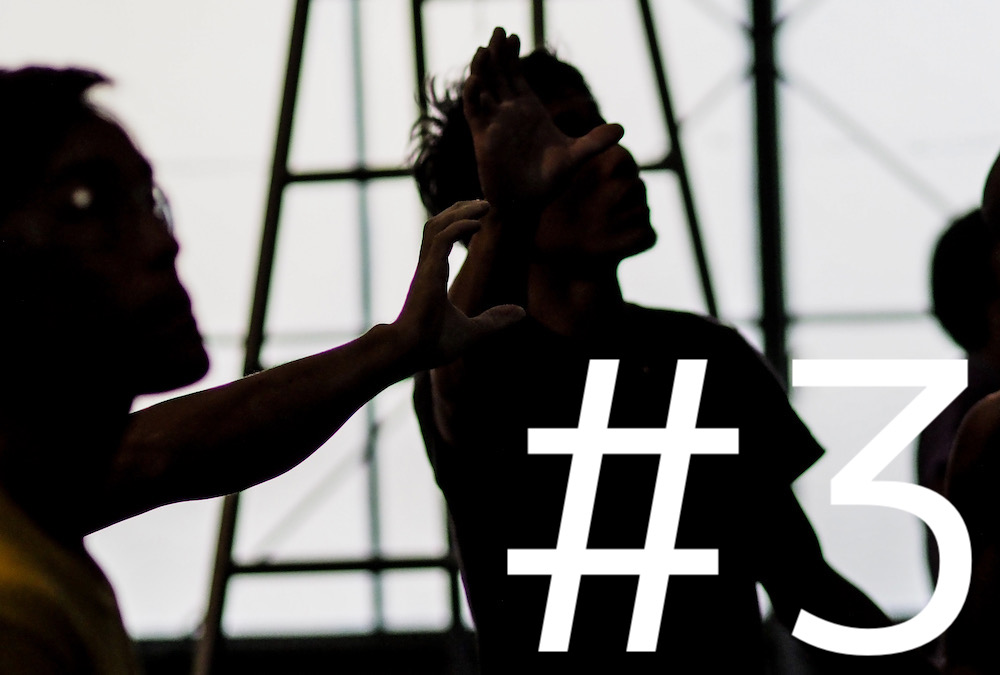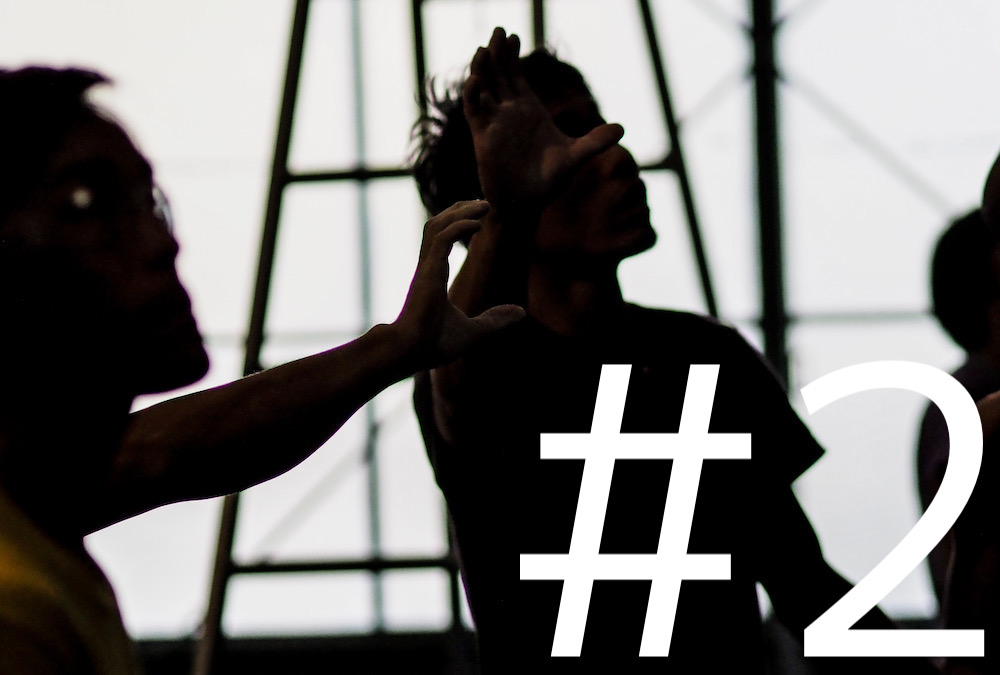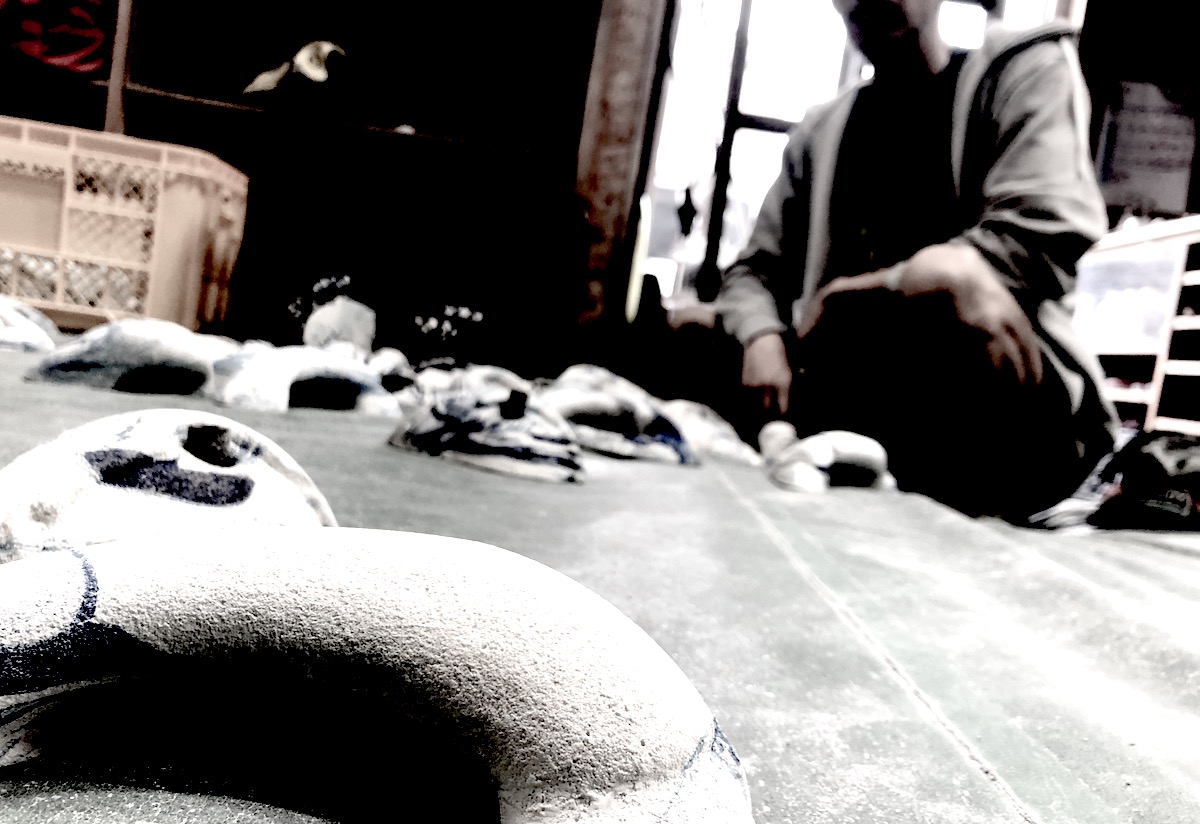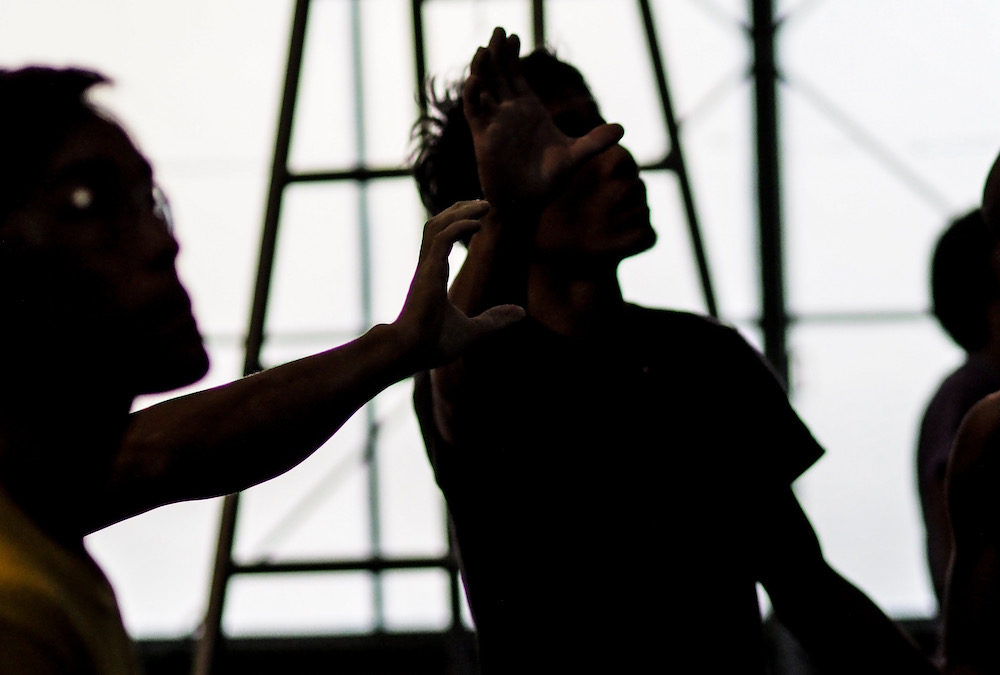The Five Elements of Serendipity
(From the June 2016 Mitsuo’s Report.) In route setting, discovering chance encounters and creating new movements is the most exciting part. The accidental elements are important hints to establish a unique move, but they are created by daily effort, challenge, and experience. The discovery of an idea is accidental, but it is also inevitable. Serendipity … Continue reading “The Five Elements of Serendipity”

